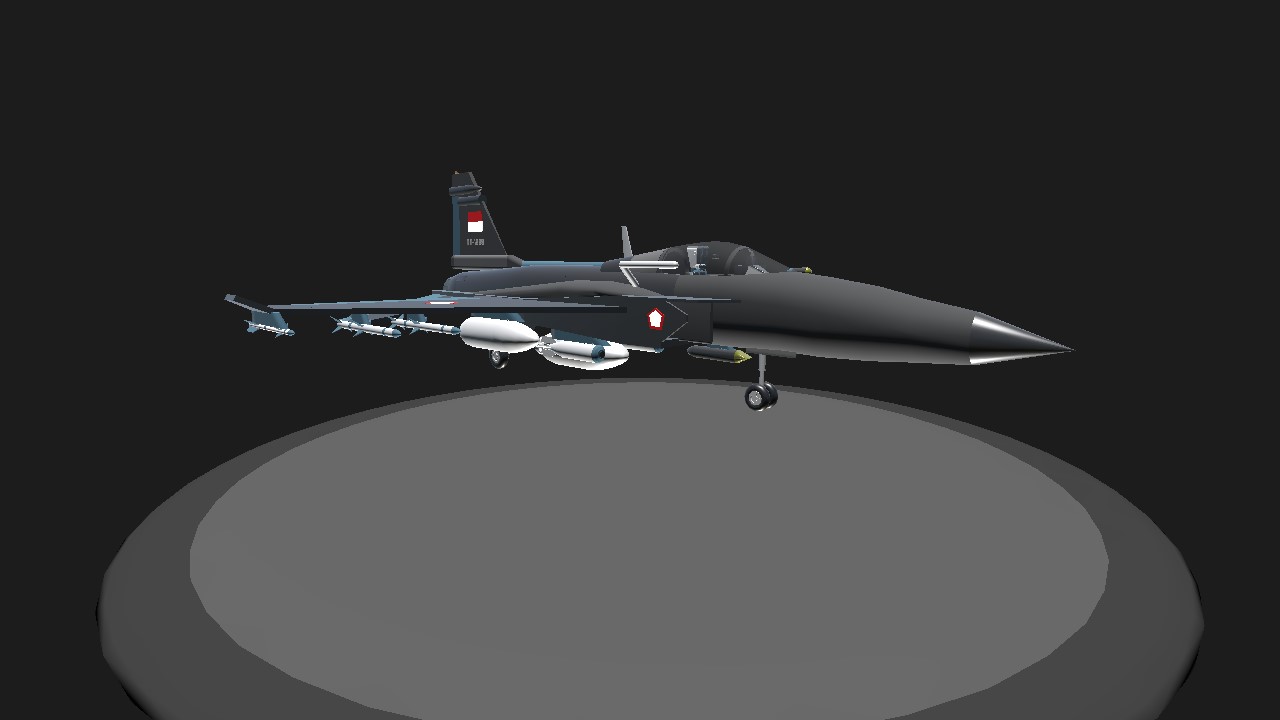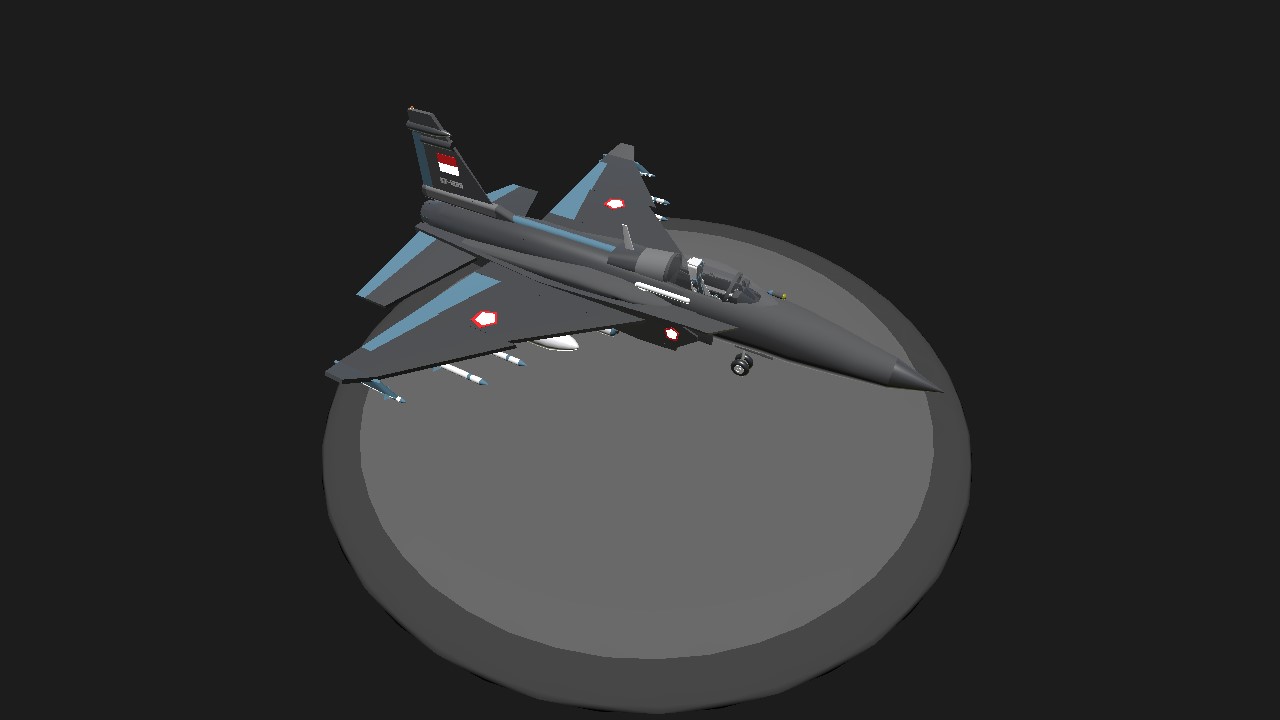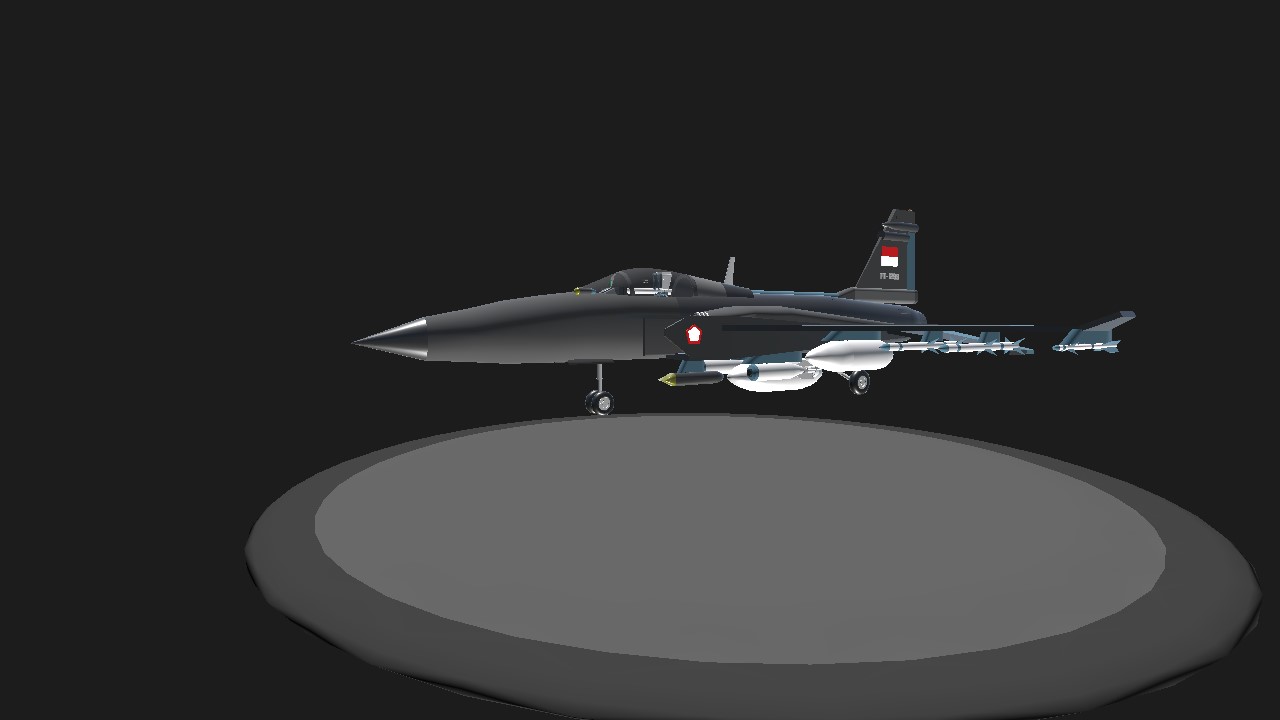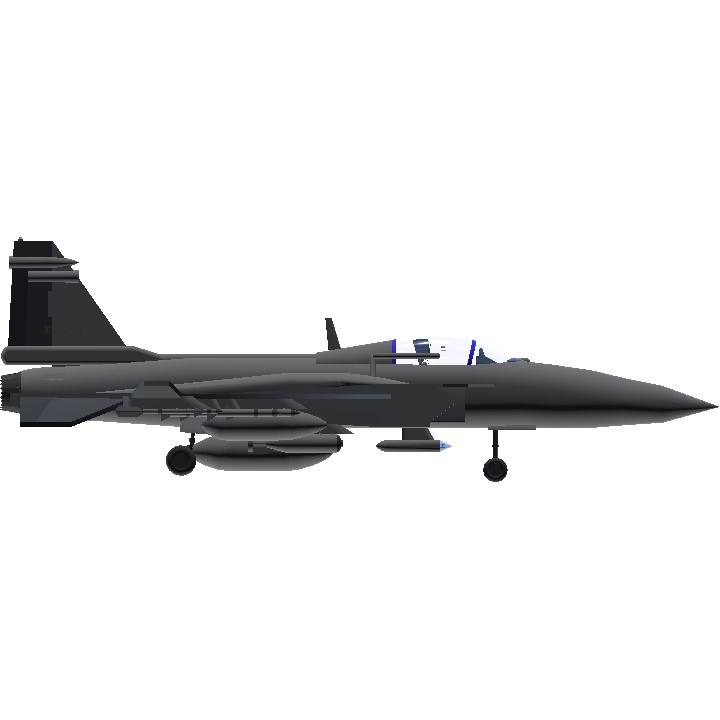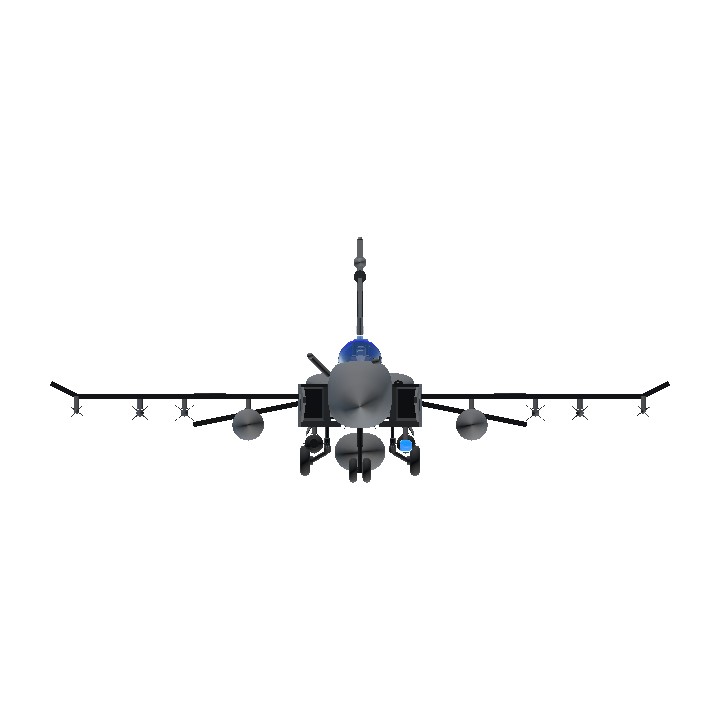introduction
The Lockheed P-3 Orion is a four-engined, turboprop anti-submarine and maritime surveillance aircraft developed for the United States Navy and introduced in the 1960s. Lockheed based it on the L-188 Electra commercial airliner, it is easily distinguished from the Electra by its distinctive tail stinger or "MAD" boom, used for the magnetic anomaly detection (MAD) of submarines.wa
Developed during the Cold War, the P-3's primary mission was to localize Soviet Navy ballistic missile and fast attack submarines detected by undersea surveillance systems and eliminate them in the event of full-scale war
development
In August 1957, the U.S. Navy called for proposals for replacement of the piston-engined Lockheed P2V Neptune (later redesignated P-2) and Martin P5M Marlin (later redesignated P-5) with a more advanced aircraft to conduct maritime patrol and antisubmarine warfare. Modifying an existing aircraft should save on cost and to allow rapid introduction into the fleet. Lockheed suggested a military version of its L-188 Electra, then still in development and yet to fly. In April 1958, Lockheed won the competition and was awarded an initial research-and-development contract in May.
P-3 ORION
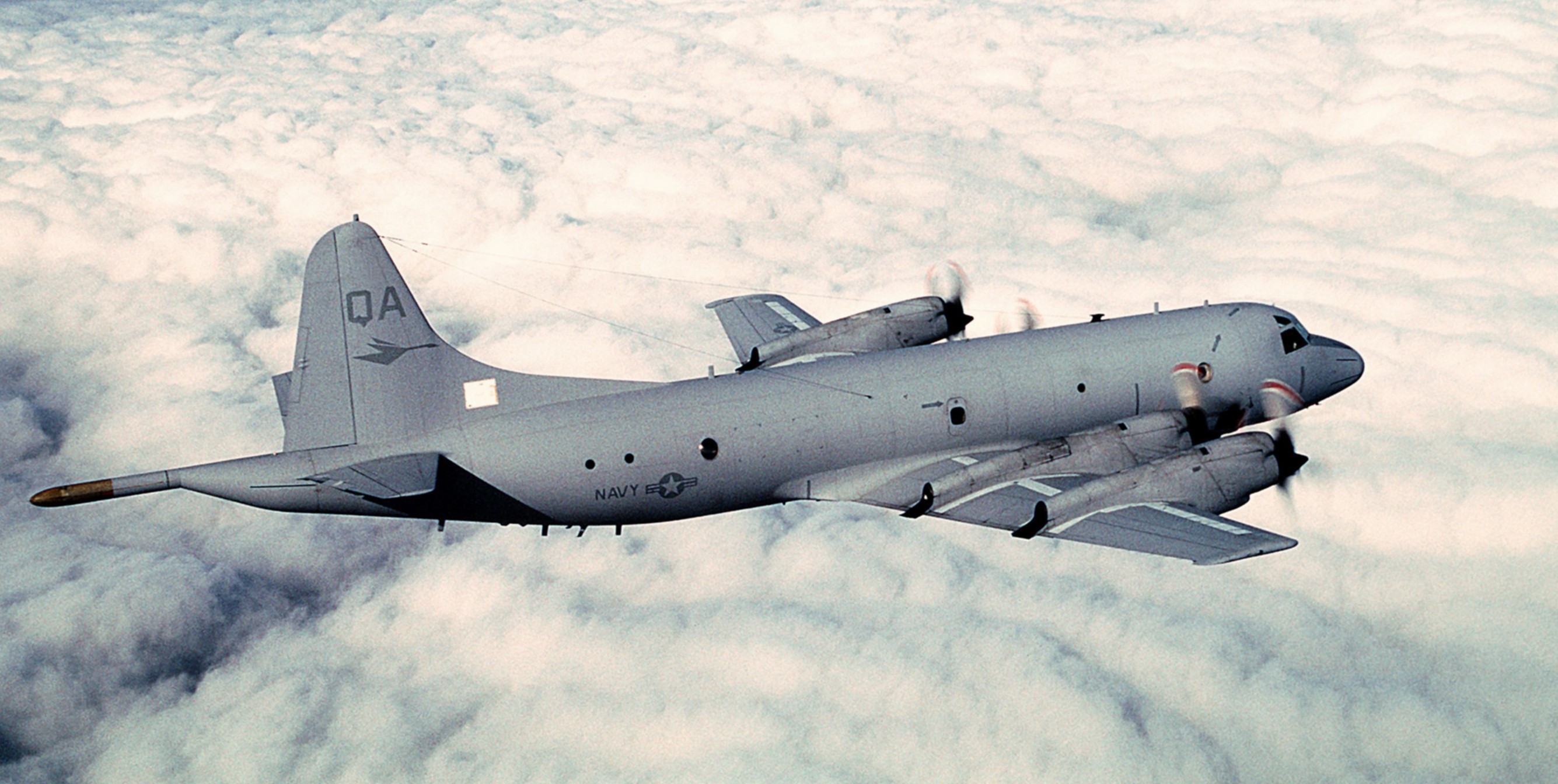
control
AG3 = engine
AG5 = bomb bay
AG6 = light
weapon
1.Mark 46 torpedo
4x Mark 46 torpedo
2.AGM-65 Macerick
4x AGM-65 Maverick
3.AGM -84 Harpoon
4x AGM-84 Harpoon
Pictures
Kerja bagus😃👍
Musuh terlihat 😨
Specifications
General Characteristics
- Created On Android
- Wingspan 39.6ft (12.1m)
- Length 46.4ft (14.1m)
- Height 15.8ft (4.8m)
- Empty Weight 14,276lbs (6,475kg)
- Loaded Weight 21,862lbs (9,916kg)
Performance
- Power/Weight Ratio 1.541
- Wing Loading 55.7lbs/ft2 (272.0kg/m2)
- Wing Area 392.4ft2 (36.5m2)
- Drag Points 5012
Parts
- Number of Parts 229
- Control Surfaces 7
- Performance Cost 1,382

